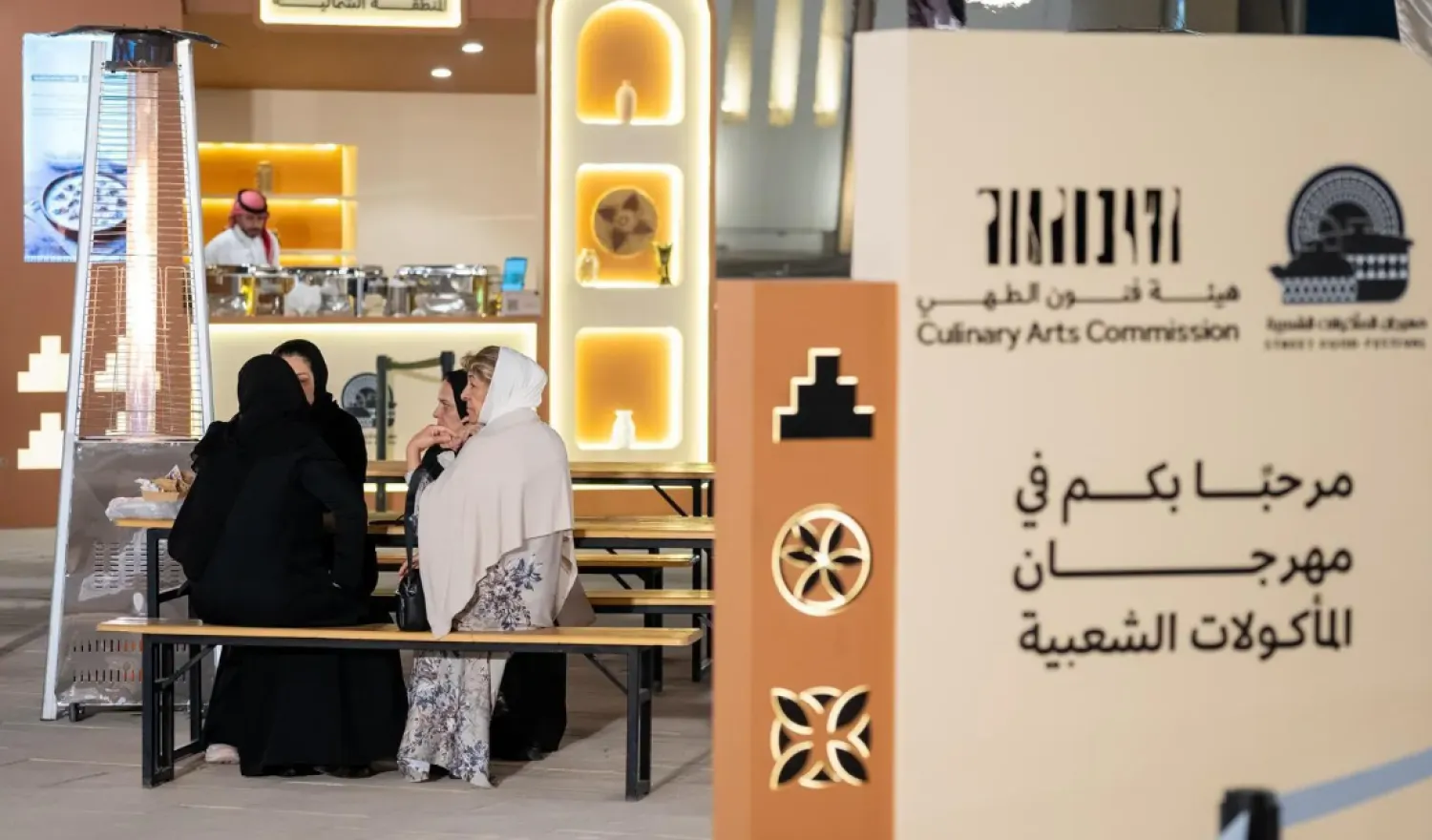Archeologists have many objections when it comes to the examination of Pharaonic mummies, and the most common one is that certain types of studies could damage the mummies. Today, a joint Italian-German study has addressed this problem. The findings will be published in the upcoming issue of the Journal of Archaeological Science in June.
According to the study's abstract published on the journal's website, researchers from the Institute for Mummy Studies at Eurac Research in Bolzano, Italy, and the Department of Orthopedics at the University of Bayreuth, Germany, announced a novel method that enables archeologists to recover DNA from mummies wrapped in linen with minimal invasion, by using CT scans and endoscopic biopsy.
The bone marrow is one of the main DNA resources in ancient mummies. But the traditional DNA recovery procedures may cause some damages, like when archeologists need to lift the linen covers. However, with CT scans, the researchers managed to determine the location of bones, and then, they conducted an endoscopic biopsy to extract a small sample of the targeted tissue.
Unlike the regular scans which require dense muscles and tissues that cannot be found in mummies, the CT scan allows archeologists to capture 3D high resolution images of the mummy. The new method uses the so-called small optical fiberscope, a thin tube equipped with a tiny camera on one end, and the eye of the fiberscope on the other end, which allows examining the structural composition inside the mummy. During the procedure, special tools are passed through the tube to extract a tiny sample of the targeted tissue.
The research team used the new method to examine a group of mummies in the Museum of Cairo, and the Egyptian Museum of Berlin.
Dr. Ayman Taher, professor of Egyptology at the Mansoura University praised the new technique that combines CT scans and small optical fiberscopes. Speaking to Asharq Al-Awsat, Taher suggested the new technique would be really useful for the examination of mummies with bad embalmment, and hoped it would help reveal more information about ancient Pharaonic diseases.
"We need to compare the characteristics of ancient diseases mentioned in the Pharaonic papyruses with the characteristics of modern diseases in order to determine their history. For instance, the worm disease was called "A'A'" in Ancient Egypt, but we don't know whether the name also refers to Bilharzia," he explained.









